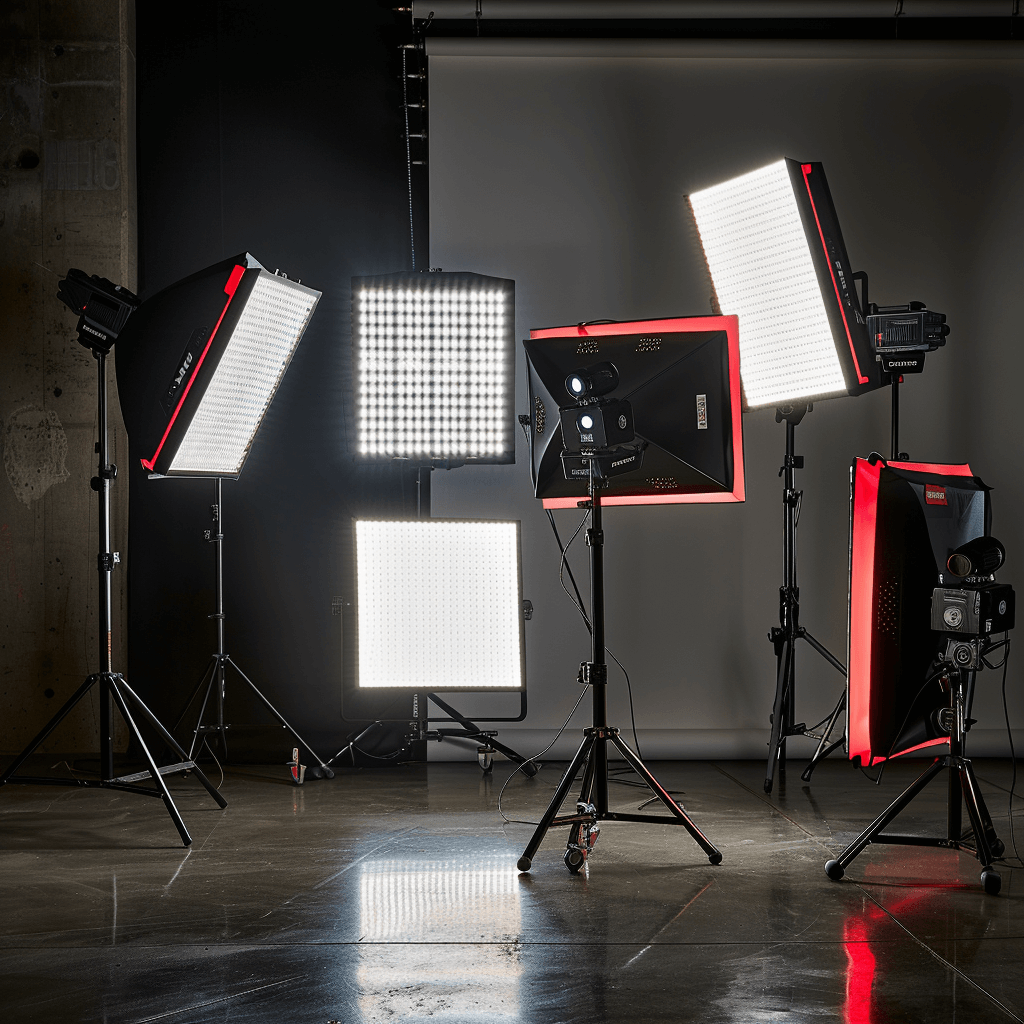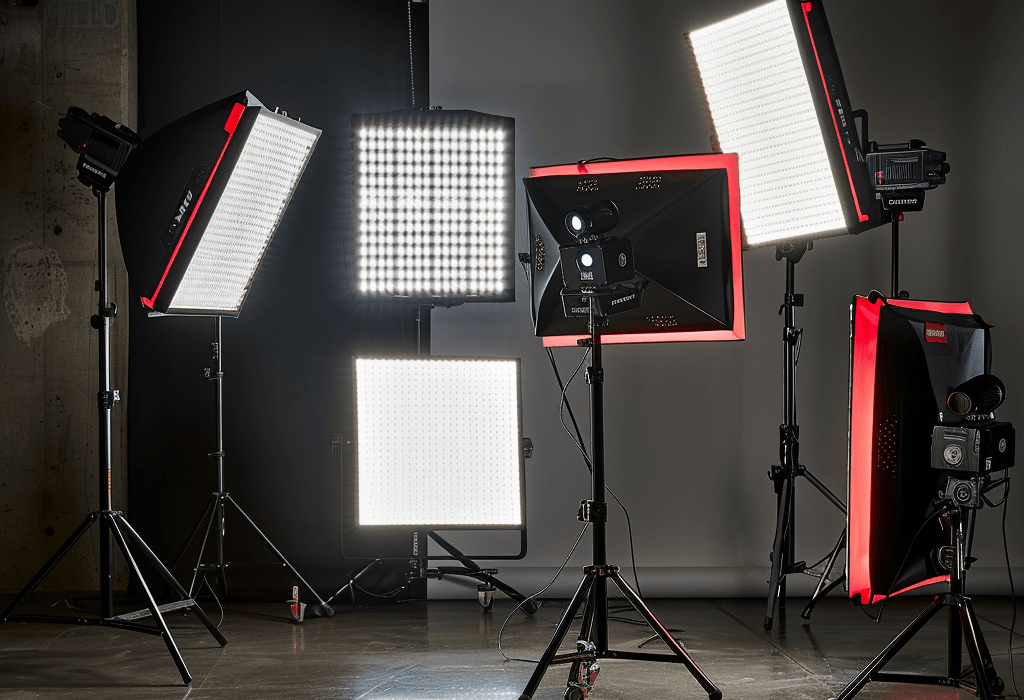Bringing Out the Best in Photography: The Role of Lighting
Hey there!
Here at Silkwood Studio, we believe that the ideal lighting can bring out the story in even the most candid of photographs. We know the importance of lighting in capturing the spirit of each moment because we are enthusiastic photographers. To help you become a great photographer, this article delves into the science and art of lighting by discussing its importance, providing helpful hints, and revealing approaches.
Lighting and Its Importance:
Lighting is crucial in photography, much as paint is to a canvas or players to a stage. The storytelling is shaped by the brushstroke, the subject’s beauty is emphasised by the spotlight, and emotions are orchestrated within a frame by the silent conductor.
Mood Setting: Lighting plays a significant role in establishing the tone and atmosphere of your images. Knowing how various lighting types make people feel is essential for getting your message across, whether you’re shooting a romantic portrait in soft, diffused light or a riveting fashion shot in dramatic, directing light.
Improving Composition: The right lighting can turn any scene into a work of art. Photographers can bring attention to textures, provide depth, and direct the eye to important parts of an image by skillfully adjusting the lighting and shadows. Playing around with different lighting angles and intensities can make even the most basic compositions come to life.
Adding Dimension: Realistic depth and dimension are achieved via the use of good lighting in your images. Photographers may give their subjects more form and contour using methods like Rembrandt, split, or butterfly lighting, which enhances the visual impact of their work.
Techniques and Hints:
Following our previous discussion of lighting’s significance in photography, let’s look at some methods for making good use of it:
Learn About Light’s Qualities: Learn about the four aspects of light that affect your photographs: its strength, direction, colour, and quality. To get the look you want, try using different types of light, including natural light, artificial light, and modifiers.
Learn the ins and outs of exposure control, including how to adjust the shutter speed, aperture, and ISO, to get the shot you want in any lighting situation. Your images will retain depth and clarity by striking a balance between these two factors, preventing them from being under- or overexposed.
Use Light Modifiers: Play around with different light modifiers like softboxes, reflectors, and diffusers to change the light’s quality and direction. Using these controls, you may soften harsh shadows and modify the contrast to make your subjects look their best.
Embrace the Golden Hour: When the sun is directly overhead, the light is warm, soft, and diffused, making it ideal for photography. This is the time just after sunrise or before sunset. The weather is just right for outdoor photography at this enchanting time of year, and the sun’s rays will make your subjects look even more beautiful.
Here at Silkwood Studio, we consider lighting to be the very essence of photography, not merely an accessory. Improving one’s lighting skills allows photographers to take their work to the next level, creating photographs with more depth, emotion, and impact. Whether you’re an experienced photographer or just starting out, light is your best friend when trying to capture those timeless moments.
Silkwood Studio helps you unleash your imagination by showcasing photographs that are more brilliant than ever.
Why not find out what lighting equipment we have in the studio?





